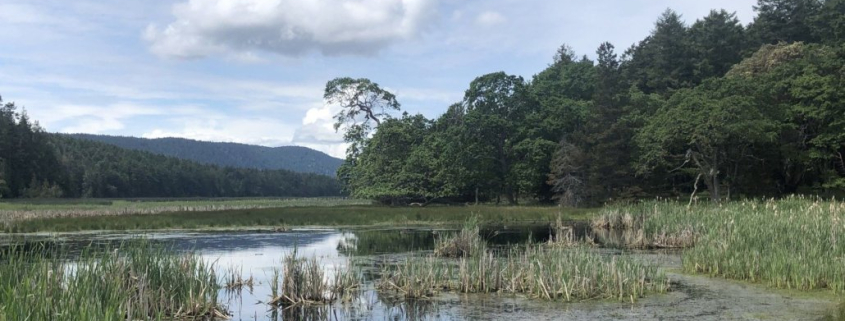
What are Nature-based Solutions
Nature-based solutions harness nature’s resiliency to tackle pressing environmental and societal challenges in a sustainable, mutually beneficial way.

Nature-based solutions include both protecting natural ecosystems and enhancing developed landscapes to improve well-being through the ecosystem services that natural (or semi-natural) ecosystems can provide. Since nature-based solutions work with nature rather than against it, they are typically more affordable and longer-lasting than their engineered counterparts.
Ecosystem services – any positive benefit that wildlife or ecosystems provide to people. This includes provisioning services such as food and water; regulating services such as flood and disease control; cultural services such as spiritual, recreational, and cultural benefits; and supporting services such as nutrient cycling that maintain the conditions for life on Earth.
Millennium Assessment/GreenFacts.org
The following is a short video by the Nature-Based Solutions Initiative that introduces the concepts of nature-based solutions and the benefits they can provide.
Examples of How Nature can be a Solution
Natural shorelines, a solution for sea-level rise:
Restoring and protecting natural shorelines is an important nature-based solution to address sea-level rise. With much of British Columbia’s population concentrated along the coast, we have a lot to lose as sea levels rise. When kept natural, rather than hardened with seawalls or other coastal modifications, shorelines will buffer wave energy and, through natural coastal processes, will dynamically adapt to rising sea levels, keeping the upland areas protected. Additionally, natural shorelines provide habitats for productive coastal ecosystems that Pacific salmon rely upon.

Trees, a solution to keep us cool (and so many other things):

Trees provide many ecosystem services, and the planting and protection of forests and trees in our communities are an important nature-based solution to climate change. Firstly, trees remove and store carbon from the atmosphere, helping to offset emissions and slow climate change. They also act as a sponge soaking up water when it rains and storing it for when it is dry, thereby reducing runoff, flooding, erosion, and helping maintain aquifers. Shade from trees moderates temperatures, keeping forests, towns and waterways cool in summer and less exposed in winter.
When trees are planted in agricultural fields, livestock receive similar benefits. In cities, planting trees and maintaining forested green spaces reduces the heat island effect – keeping us cooler. Trees provide habitat and food for all kinds of animals, including economically important pollinators. Along streams and shorelines, trees stabilize the riparian zones and keep the waters cool, clean and clear, which is vital for Pacific salmon.
Wetlands, a solution for clean water:
Wetlands, which can also store tremendous amounts of carbon, act as water reservoirs, support biodiversity, and naturally purify water. In fact, wetlands are so effective at cleaning water that many places around the world rely on wetlands to treat wastewater (industrial and domestic) instead of traditional engineered (e.g. expensive) treatment plants. The soils, plants, and microorganisms in wetlands can break down harmful chemicals, take up nutrients, and filter particles. In urban landscapes, there are considerable areas that are impermeable – such as roofs and paving – and when it rains, water runs off these surfaces, picking up residues and pollution as it flows. Directing this stormwater runoff to human-created urban wetlands and rain gardens is an efficient nature-based solution to remove these pollutants from stormwater runoff, while also increasing infiltration to the local groundwater resources and mitigating flooding. A rain garden built on a small scale is something that can even be done on an individual’s property (learn more about how to build one here).

Find more nature-based solutions that you can implement and other ideas to reduce your environmental impact in our Tool Kit.
Learn About Nature-based Solutions in Action Around Canada and B.C.:
How Canada could offset 11 percent of its emissions through nature-based solutions by 2030
The potential for blue-carbon solutions (carbon sequestration in the coastal ecosystems: restoring marshes and opportunities with kelp) in Canada
How living dikes can be a solution for rising sea levels in B.C.’s Fraser delta
Learn More About Nature-based Solutions:
Nature-based Solutions Initiative – University of Oxford
IUCN Nature-based Solutions – International Union for Conservation of Nature
What are nature-based solutions and why do they matter? – Climate Home News
Nature and Climate, Impacts and Solutions – World Wide Fund for Nature
What are nature-based solutions? – David Suzuki Foundation
Seven lessons for planning nature-based solutions in cities based on 15 case studies across Europe. Environmental Science & Policy
